The Healthiest Foods for Your Heart.

Hearts are intricately designed machines. You must provide it with heart-healthy nutrition to keep it operating at peak performance. This implies that you ought to select a nutritious diet. Certain foods are really beneficial to the heart, but how do you choose?
Over one in ten Americans have received a heart disease diagnosis. Eating the correct, healthful foods helps reduce your risk of coronary artery disease, which increases the risk of heart attacks and strokes.
10 of the greatest foods for heart and blood vessel protection are listed below. Discover the greatest nutrients to maintain your heart functioning at its peak and get menu ideas to include these foods in your regular meals.
- Oatmeal
Another excellent source of those omega-3 fatty acids and a delicious breakfast option is oatmeal. And with four grams of fiber in every cup serving, it’s a superfood. Iron, potassium, and magnesium are among the nutrients it contains.
For an even more heart-healthy breakfast, sprinkle your oatmeal with fresh berries. Oatmeal makes a satisfying lunch. Try making oat bread, fat-free oatmeal cookies, or turkey burger meatloaf with whole rolled oats mixed in.
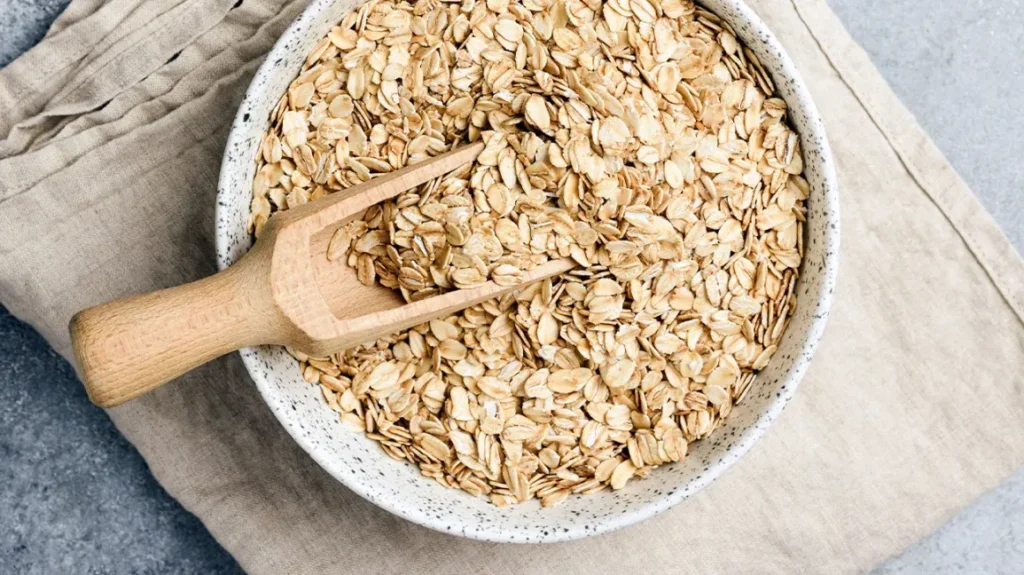
- Black or Kidney Beans
You know the schoolyard chant: “Beans, beans, good for your heart.” Turns out it’s true! Beans have lots of soluble fiber, B-complex vitamins, niacin, folate, magnesium, calcium, and, you guessed it, omega-3 fatty acids.
Beans are so versatile. You can include them in soups, stews, or salads. Or make a meal out of them.
Try black beans on a whole-grain pita tostada with avocado, or combine them with corn kernels and onions to make stuffed bell peppers. Add canned kidney beans to a salad of cucumber, fresh corn, onions, and peppers, then toss with olive oil and apple cider vinegar. Or bring black beans and kidney beans together for a delicious, nutritious vegetarian chili.

- Brown Rice
In addition to being delicious, brown rice is a heart-healthy food. Brown rice has fiber, magnesium, and B-complex vitamins.
You can’t go wrong when you add brown rice to almost any cuisine. A few chopped vegetables and microwaveable brown rice create a simple and quick meal. Try it cold blended with an avocado salad, stir-fried, added to soups, or combined with some black beans or tofu.
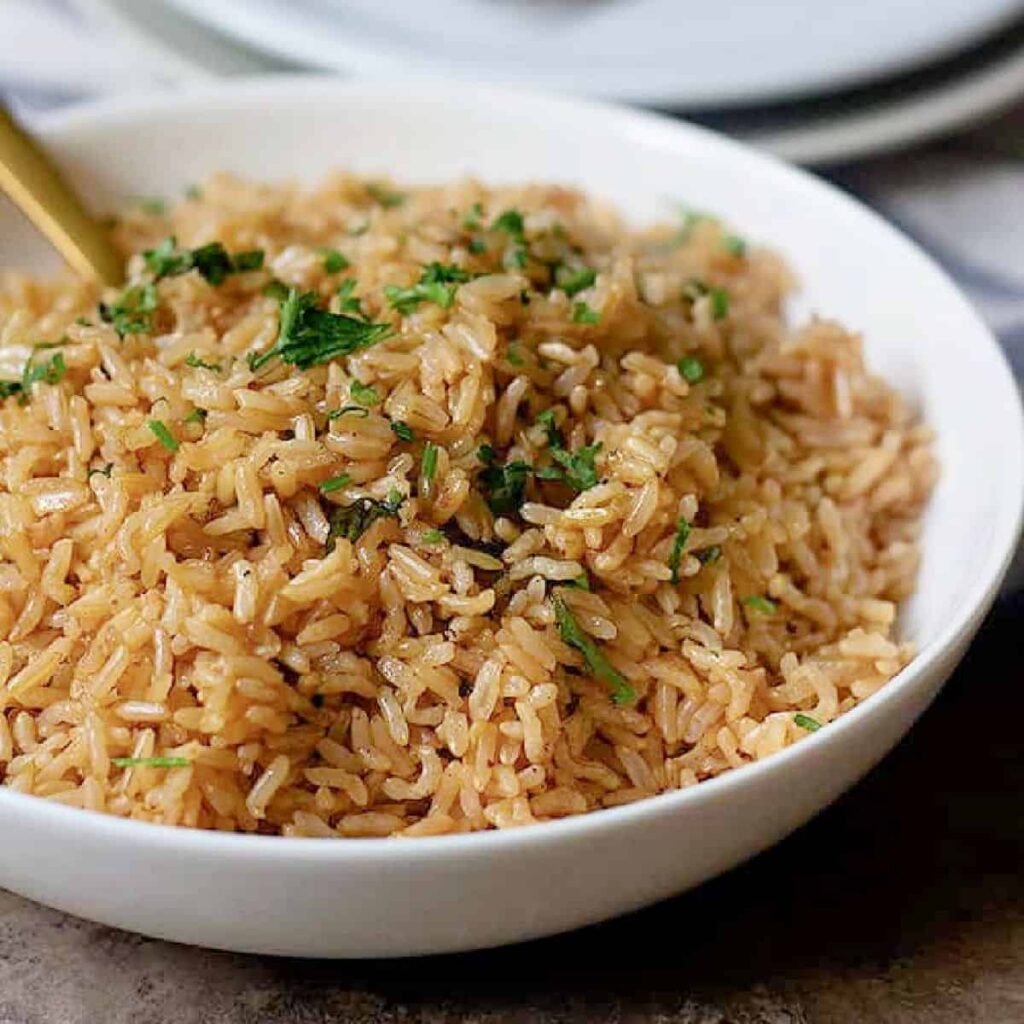
- Spinach
Beta-carotene, magnesium, calcium, folate, vitamins C and E, and fiber are just a few of the heart-healthy ingredients found in spinach.
As an alternative to lettuce on sandwiches, spinach works well as a base for salads. Add a small amount to your pizza, blend into an egg white omelet, or slip some into a fruit smoothie. As an added health benefit, mix it into your spaghetti dish.
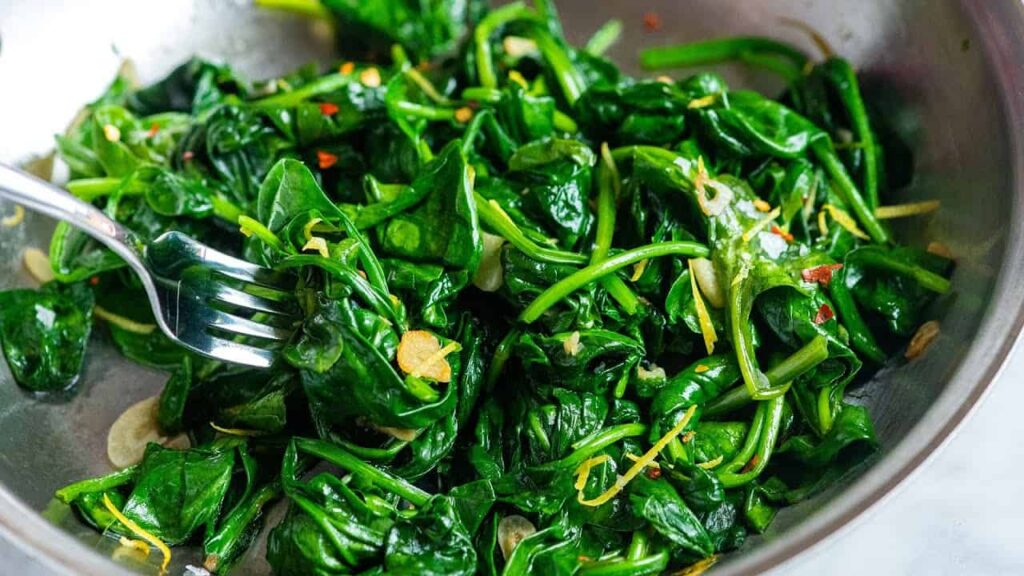
Is spinach better frozen or fresh?
The duration of its sitting determines this. More research is needed to determine whether frozen spinach reduces the risk of heart disease, however fresh spinach has more folate than frozen spinach. There’s a caveat, though: the folate in fresh spinach ages with time. Accordingly, if your fresh spinach is transported over great distances to get to your table, or if you
- Broccoli
Broccoli is a high-energy vegetable that contains beta-carotene, vitamins C and E, potassium, folate, calcium, and fiber.
Broccoli pairs well with soups, veggie dips, salads, and brown rice dishes. Including extra broccoli in your diet can undoubtedly help your heart health.
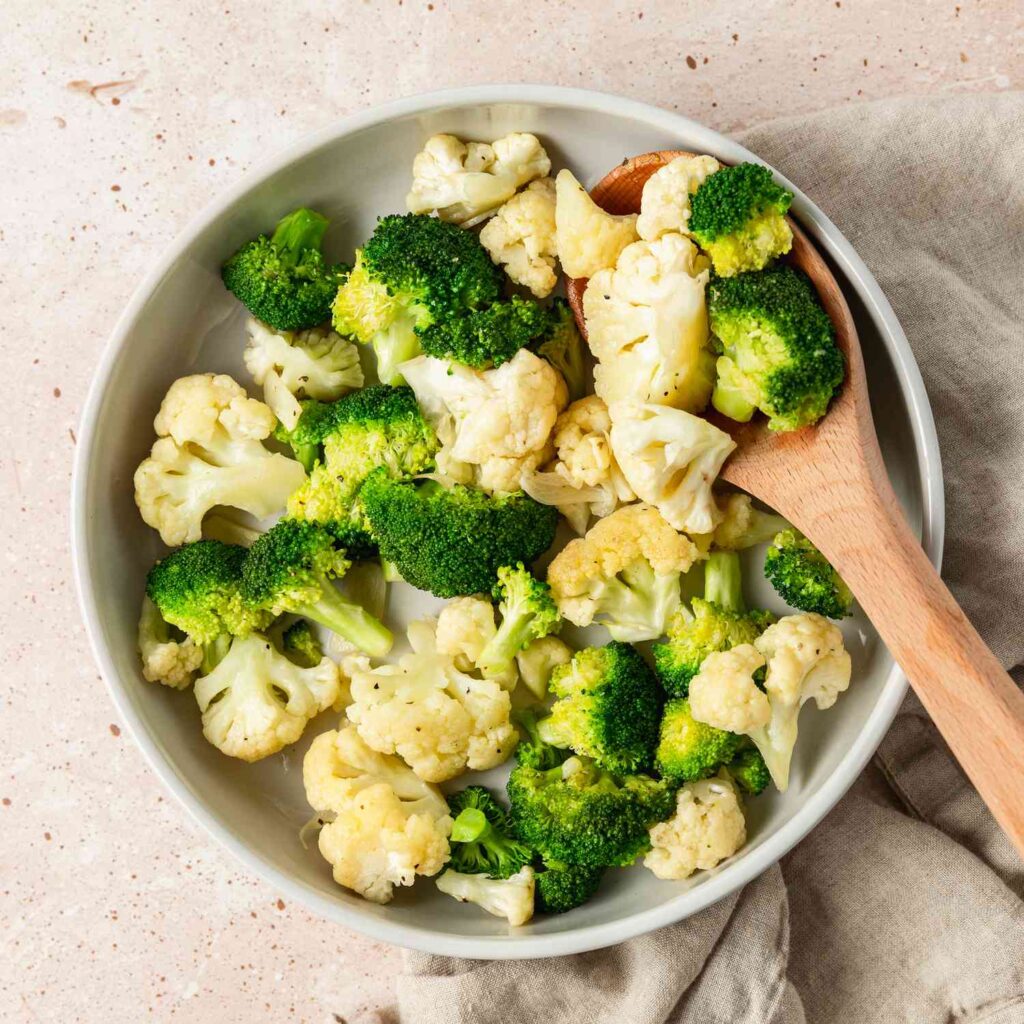
- Asparagus
Asparagus is a heart-healthy vegetable rich in beta-carotene, lutein, B-complex vitamins, folate, and fiber. It can be grilled or steamed and served with balsamic vinaigrette. It can also be added to salads, stews, or casseroles for added health benefits.

- Oranges
Oranges are an excellent totable snack. They’re juicy and packed with nutrients like the antioxidant beta-cryptoxanthin, carotenoids like beta- and alpha-carotene and lutein, flavones (flavonoids), vitamin C, potassium, folate, and fiber.
The whole fruit is the finest and most flavorful to eat on its own. You may also add orange slices to salads, yogurt, and chicken meals. Although orange juice can provide some of the same benefits, eating the fruit whole is preferable.

- Tea
Tea, like red wine, includes catechins and flavonols, which can help your blood arteries stay healthy and prevent blood clots. Green tea, in particular, has been lauded for its antioxidant content.
Tea may lower your risk of heart disease, according to a long-term research of almost 6,000 adults. The study discovered that persons who consumed 1-3 cups of tea each day had lower coronary calcium levels. Coronary calcium can be a prelude to heart attacks, strokes, and other cardiovascular issues.

Tea can be enjoyed both hot and cold. Try adding lemon. To extract additional antioxidants from the tea, use hotter water and steep for three to five minutes. Avoid sugar and cream since they add extra calories.
- Tomatoes
Tomatoes are a versatile heart-healthy food with beta- and alpha-carotene, lycopene, lutein (carotenoids), vitamin C, potassium, folate, and fiber. Lycopene in particular has been studied a possible protection from cardiovascular disease, though studies remain inconclusive.
Raw, tomatoes can be added to sandwiches or salads. Cooked, they make great sauces, and are perfect additions to pasta dishes.
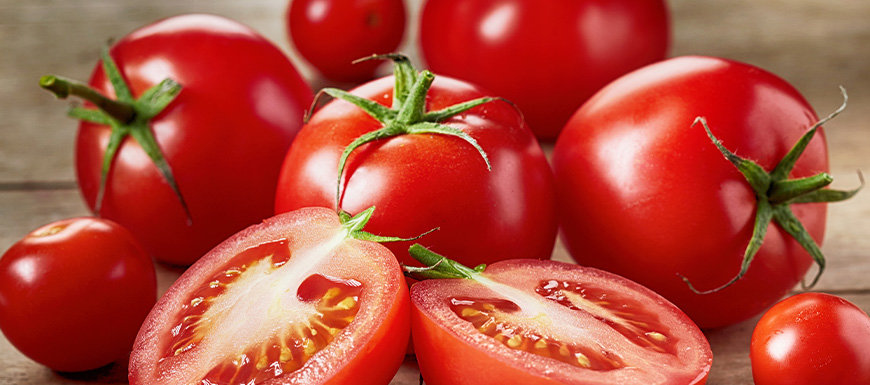
- Sweet Potato
Sweet potatoes are a great source of vitamins. Sweet potatoes contain vitamins A and C, as well as vitamin E, which is a rare low-fat source. They also contain potassium, folate, calcium, and fiber—and eating the skins provides even more fiber.
You can cook a sweet potato virtually any way you choose, and it will taste great! Bake entire and top with vegetables. Cut it into wedges and bake until crispy to make nutritious fries. To make a creamy soup, purée sweet potatoes in a food processor until smooth. They also make an excellent side dish when mashed up.

Sweet potatoes and yams are not the same. Yams are also healthful, but sweet potatoes have more minerals and fiber.